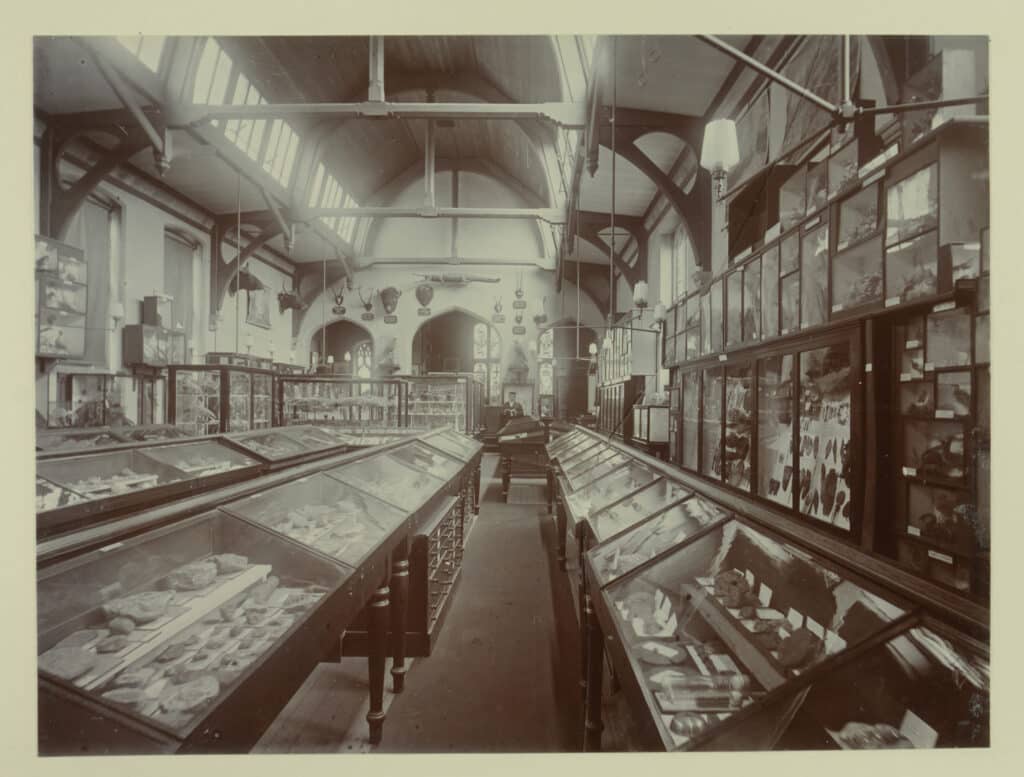Discover the wildlife of the Thames Valley. Explore a replica of the botanist Sir Joseph Banks’s cabin on Captain Cook’s Endeavour voyage. Learn about Charles Darwin, the voyage of the Beagle and his famous book, The Origin of Species. Investigate ethnographic exhibits from indigenous tribal communities in Borneo and the Amazon collected by Old Etonian explorer Robin Hanbury-Tenison.
In many ways better than the London Natural History Museum, more compact … the child friendly worksheets are at just the right level.
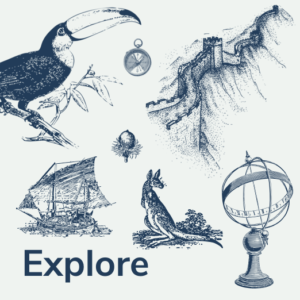 |
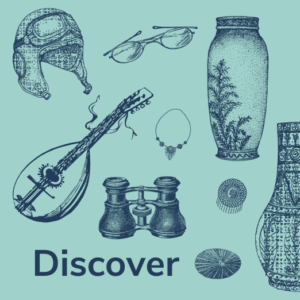 |
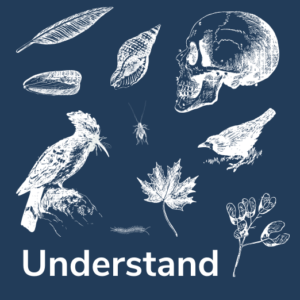 |
Welcoming, Family-friendly Museum
Our museum staff are always available and happy to suggest interactive activities and hands-on opportunities during your visit. The museum is an accredited learning destination for Slough Children’s University and an outreach partner with the Royal Borough of Windsor and Maidenhead.
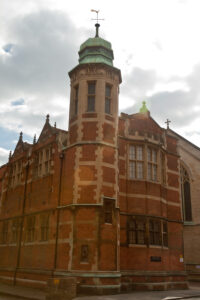
The museum is the perfect size for a class group, big enough to explore but small enough to make the space your own, and over 30 local schools have regularly come through our doors in recent years. We offer tailored sessions on topics such as Minibeasts, Adaptations, Endangered Species, etc. We regularly run popular family learning events at the museum.
Eton’s Hidden Gem
The Eton College Natural History Museum opened in 1875 to house the Thackeray Collection of British Birds, given to the college in 1850. Set in an atmospheric Victorian building, it has been on its present site since 1895, and generations of students at Eton and from other local schools have enjoyed learning from its extensive and well-displayed collection. The collection continues to grow and it now houses over 17,000 objects, most of which are on display. Explore our varied collections and discover more about the natural world and its inhabitants.
A hidden treasure and a magical place.
Visitor
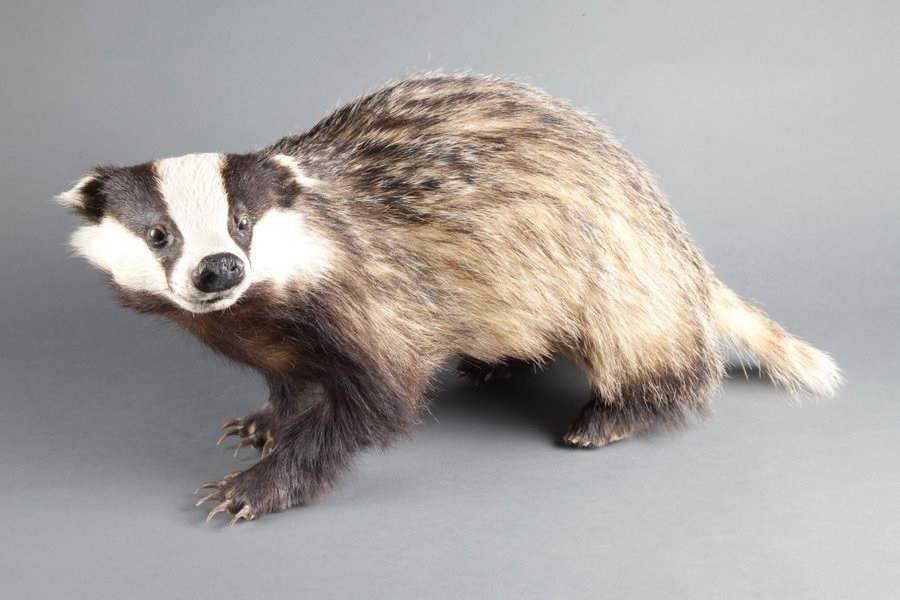
specimens in the museum
Museum Highlights
- Extensive collections of fossils from Pre-Cambrian era onwards, including casts of dinosaurs such as Allosaurus, Camarosaurus and Iguanodon
- Thackeray Collection of British Birds
- Hincks Herbarium, containing 4,000 dried pressed plants collected in the early 19th Century
- Newall Collection of Birds’ Eggs, over 1,400 eggs collected in the late 19th century and presented as a WW1 memorial
- A two-headed kitten and a four-footed duck which have fascinated visitors for over 80 years
- A Kakapo, a now critically endangered nocturnal parrot from New Zealand, perhaps our most photogenic exhibit
- An overstuffed Platypus, widely known as our Fattyplus!



